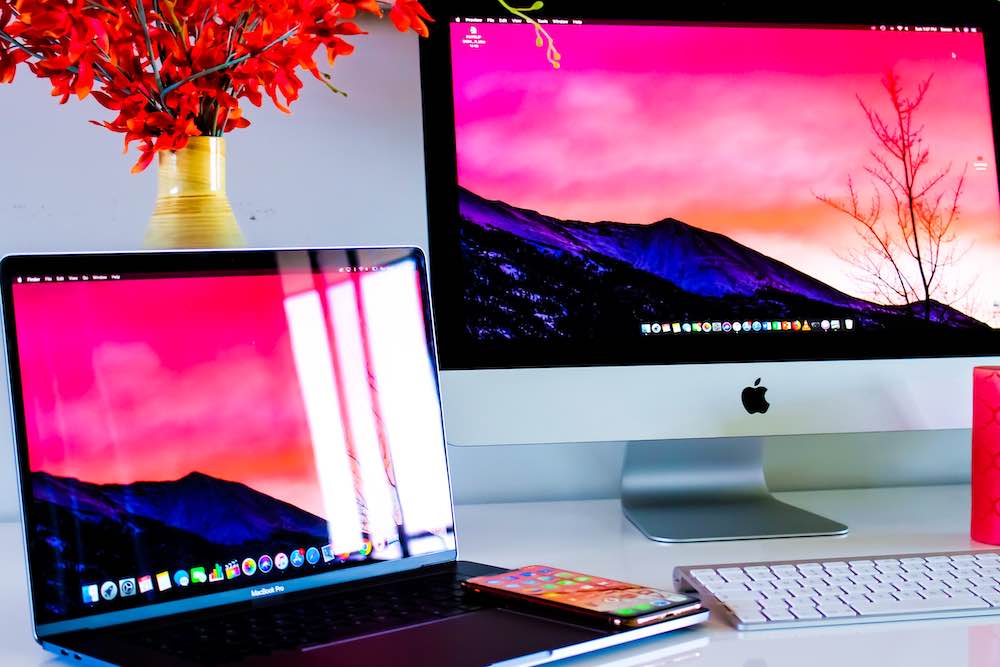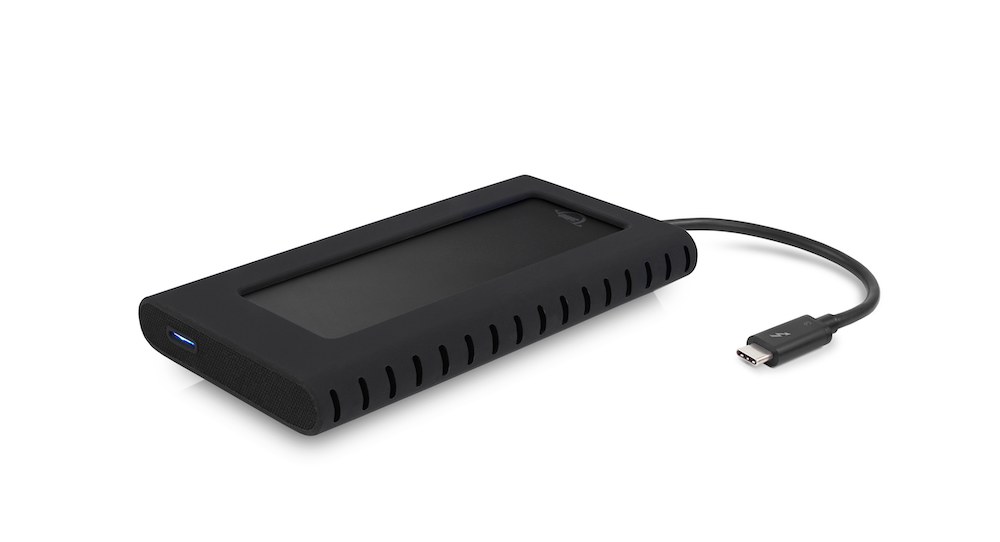Making the Switch from PC to Mac: A Comprehensive Guide

There are many reasons why people are compelled to switch from PC to Mac. Firstly, Macs are known for having a longer lifespan. Macs also have built-in security features and offer great software. But one of the most common reasons users choose to migrate to Mac is for its creative tools—providing the ability to create movies, edit and mix music, view slideshows, and more.
Moving to Mac can be a great decision; however, there are some key elements to consider to ensure a seamless transition. If you’re a long-time Windows user, taking this leap can seem intimidating at first, but rest assured that the switch is not as difficult as it appears.
The biggest learning curve up front will be familiarizing yourself with the Mac OS (Operating System). If you’re already using other Apple products such as the iPhone or iPad, this will be much easier than you think.
In this blog, we’ll cover everything you need to know about making the switch from PC to Mac, including how to navigate the MacOS, how to transfer your data, mastering Mac shortcuts, and much more.
Understanding the Basics
Before migrating from PC to Mac, it’s important to understand the differences between the two devices. If you’re new to Apple products, navigating the MacOS and the Mac interface may be a bit overwhelming. So, let’s start with the basics.
Differences Between PC and Mac
For starters, a Mac is a brand of PC (personal computer) made by Apple, while a PC is a computer that typically runs on Windows. Some of the key differences between the two include design, security, stability, cost, and memory.
One of the long-standing differences between PC and Mac is the operating system. Most PCs come with the latest version of Microsoft Windows, while Apple produces its own hardware and OS—designed to work coherently. Users who are new to Mac can expect a learning curve while navigating the MacOS.
Navigating the MacOS

The following three navigation tips are a great place to start:
Dock
When getting started with a Mac, the first thing to note is that there is not a start menu like on a PC. Instead, there’s a dock that runs along the bottom of the screen. The applications are located on the left side of the dock, while folders and minimized windows appear on the right side.
Mouse
Working with the Mac’s Magic Mouse will also take some getting used to. Take some time to familiarize yourself with gestures such as a two-finger swipe (the equivalent of a right-click on a standard mouse). You can find additional gestures under the Trackpad or Mouse settings.
Spotlight Search
MacOS’s search engine is called Spotlight and can be located in the top-right corner of the screen (look for the magnifying glass icon.)
Familiarizing Yourself with the Mac Interface
User interface (UI), and in this case, the Mac interface, refers to the look and feel of an operating system or software. Once you’ve tackled the navigation tips above, take some time to also familiarize yourself with the following:
- Launchpad: Find and open your applications
- Multitouch gestures: Practice using gestures with your trackpad
- Finder: Search and organize your files with this file manager
- Notification Center: Catch up on any notifications you may have missed
Moving Your Data from PC to Mac
Using Apple’s Windows Migration Assistant
Moving your data from PC to Mac is not as difficult as you may think, thanks to Apple’s Windows Migration Assistant. You can easily transfer your contacts, calendars, email accounts, and more from a PC to a Mac using this tool.
Transferring Data with an External Hard Drive or Time Machine

You can also transfer your data by saving your files to an external hard drive or using Time Machine. All you need is a USB drive or another external storage device to back up your files with Time Machine. Using a storage device with at least twice the storage capacity of your Mac, such as an OWC Thunderbolt drive is recommended.
Employing Cloud-Based Services for Data Migration
Another way to move your data is by using a cloud data migration service, such as Amazon Web Services (AWS), for example. This is an easy way to move data and applications from an on-premise system to the cloud. Be sure to take the time to research all of the different data migration options to determine which method is best for you.
Settling Into the Mac World
Mastering Key Mac Shortcuts
Once you feel confident navigating the MacOS, the next step is to master Mac keyboard shortcuts. When you press certain key combinations on a Mac, you’re able to do things that you would normally need a mouse for. Here are a few key shortcuts to get you started:
- Command key: This is Mac’s equivalent to the Windows Ctrl key. It’s used for common shortcuts such as (Command + C) to copy and (Command + Tab) to switch between apps.
- Option key: This key changes what other common shortcuts do, such as with (Command + Option + V) to move an item instead of pasting it.
- Control key: This is used within apps for app-specific shortcuts such as (Control + Tab) to switch between Safari or Chrome tabs.
Software Compatibility: Understanding MacOS Application
When making the move from Windows to Mac, it’s important to check your software for compatibility. Software that’s considered mainstream, such as SaaS (software-as-a-service) is usually compatible between both devices. But, if you use niche or industry-specific software, you may run into some challenges. You can check Apple’s support page for more details on MacOS compatibility.
Making the Most of the Apple Ecosystem: iCloud, iMessage, FaceTime, and More
The Apple Ecosystem refers to the way Apple’s products work together. This includes features such as syncing calls and messages, continuity between devices (such as texts), and its built-in security encryption system.
Many users like being able to use iCloud, iMessage, FaceTime, and more on all of their Apple devices. So, if you’re already an Apple user (iPhone, iPad, etc.), then your move to a Mac may be easier than you think—because the Mac provides a seamless integration with other Apple devices.
In short, making the switch from PC to Mac is not as intimidating as you may think. Just take it one step at a time, and once you’re navigating with ease, you just may find it to be a rewarding user experience!
FAQs
Is it difficult to switch from PC to Mac?
Switching from PC to Mac isn’t necessarily difficult, it just requires time and patience when navigating a new operating system. Once you become comfortable with MacOS and the Mac interface, and learn the key Mac commands, it will be smooth sailing.
Why should I buy a Mac instead of a PC?
Many people prefer the MacOS operating system due to its intuitive nature. Macs are also known for having better battery life, making less fan noise, and being more secure. Additionally, the average Mac computer operates for 6 to 8 years, while the average Windows device lasts about 4 years.
Do most people use Mac or Windows?
Windows is the most used operating system for personal computers, which can be attributed to its versatility and lower price point. Statistics by web analytics website, StatCounter, show that 74% of computers worldwide run on Windows while macOS accounts for just 15%.


